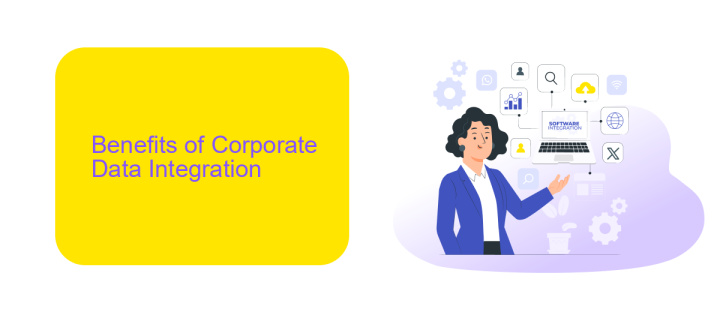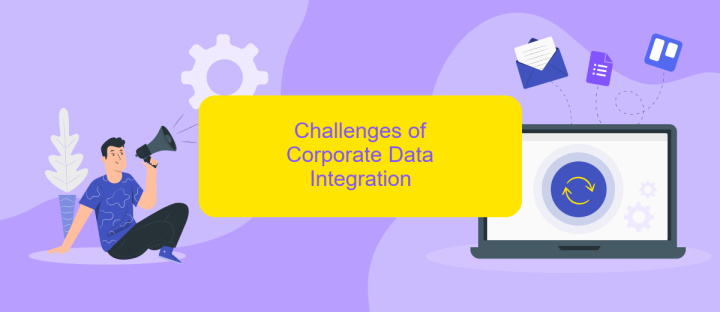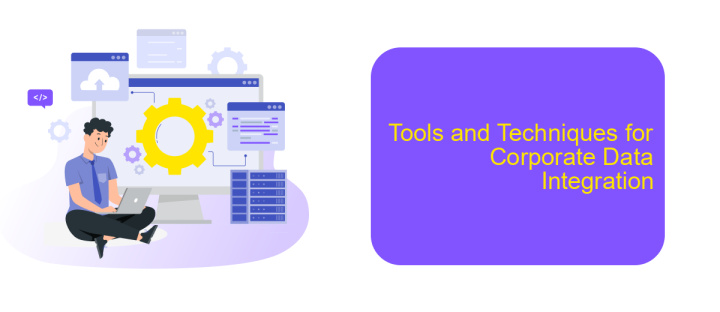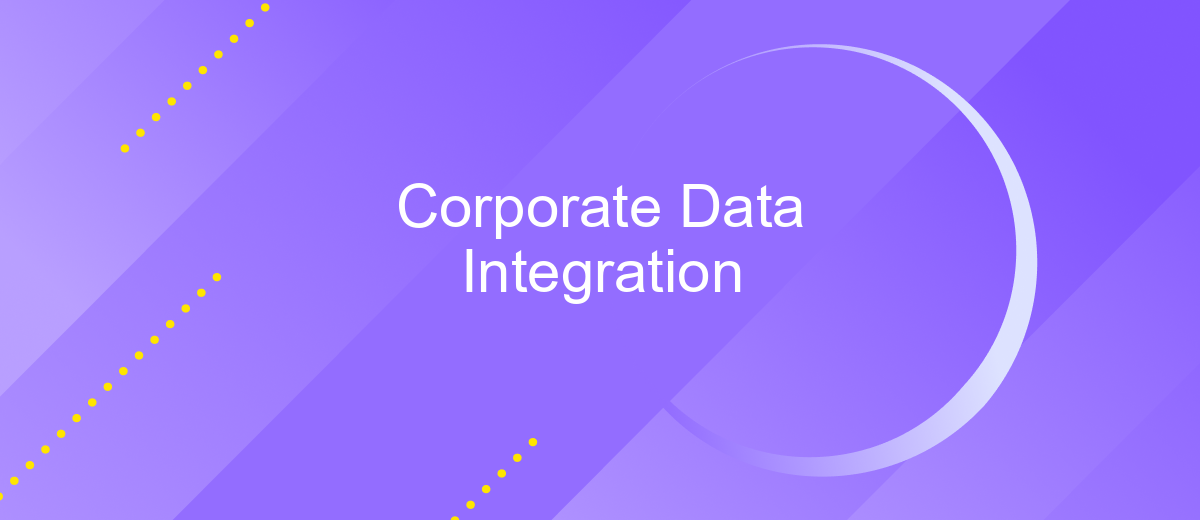Corporate Data Integration
In today's fast-paced business environment, corporate data integration has become a critical component for organizational success. By seamlessly combining data from various sources, companies can enhance decision-making, streamline operations, and gain a comprehensive view of their business landscape. This article explores the significance, challenges, and best practices of corporate data integration to help businesses harness the full potential of their data assets.
Introduction
In today's rapidly evolving business landscape, the need for seamless corporate data integration has never been more critical. Companies are increasingly relying on diverse data sources to drive decision-making, optimize operations, and enhance customer experiences. However, integrating these disparate data sources can be a complex and time-consuming task.
- Streamlined data flow between departments
- Enhanced data accuracy and consistency
- Improved decision-making capabilities
One effective solution to tackle these challenges is the use of integration platforms such as ApiX-Drive. This service simplifies the process of connecting various applications and automating data workflows, enabling businesses to focus on strategic initiatives rather than technical hurdles. By leveraging such tools, companies can ensure that their data is harmonized and readily accessible, paving the way for more informed and agile business operations.
Benefits of Corporate Data Integration

Corporate data integration offers numerous benefits, including enhanced decision-making capabilities. By consolidating data from various sources into a single, unified view, organizations can gain comprehensive insights that drive strategic decisions. This integration eliminates data silos, ensuring that all departments have access to accurate and up-to-date information. Consequently, businesses can respond more swiftly to market changes, optimize operations, and improve overall efficiency.
Additionally, corporate data integration streamlines business processes and reduces operational costs. Automated data workflows minimize manual data entry and the risk of errors, freeing up valuable time and resources. Tools like ApiX-Drive facilitate seamless integration by connecting various applications and systems, ensuring smooth data flow across the organization. With these integrations, companies can enhance collaboration, improve customer experiences, and maintain a competitive edge in the market.
Challenges of Corporate Data Integration

Corporate data integration presents several challenges that organizations must navigate to ensure seamless data flow and consistency. One primary issue is data silos, where different departments store data in isolated systems, making it difficult to achieve a unified view. Additionally, data quality is a significant concern, as inconsistent or inaccurate data can lead to faulty business decisions.
- Data Silos: Isolated systems hinder unified data access.
- Data Quality: Inconsistent data affects decision-making.
- Security: Ensuring data protection during integration.
- Scalability: Integrating data from growing sources.
- Complexity: Managing diverse data formats and sources.
To address these challenges, leveraging integration platforms like ApiX-Drive can be beneficial. ApiX-Drive offers a streamlined approach to connect various data sources, automate data workflows, and ensure data consistency across systems. By using such services, organizations can enhance their data integration processes, improve data quality, and ultimately make more informed business decisions.
Tools and Techniques for Corporate Data Integration

Corporate data integration is crucial for modern businesses aiming to streamline operations and enhance decision-making processes. Various tools and techniques can be employed to achieve seamless integration of data across different systems and platforms.
One of the primary techniques involves the use of middleware, which acts as a bridge between disparate systems, ensuring smooth data flow. ETL (Extract, Transform, Load) processes are also commonly used to extract data from multiple sources, transform it into a suitable format, and load it into a target database or data warehouse.
- Middleware solutions
- ETL (Extract, Transform, Load) processes
- API integration platforms
- Data virtualization tools
API integration platforms like ApiX-Drive can significantly simplify the process of connecting various applications and services. These platforms offer pre-built connectors and user-friendly interfaces, allowing businesses to automate data transfers without extensive coding. By leveraging such tools, companies can ensure that their data is consistent, accurate, and readily available for analysis and reporting.
Case Studies of Successful Corporate Data Integration
In recent years, numerous corporations have successfully integrated their data systems to streamline operations and improve decision-making processes. One notable example is a global retail company that utilized ApiX-Drive to connect their e-commerce platform with their customer relationship management (CRM) system. By automating data flow between these platforms, the company was able to provide real-time updates on customer interactions, leading to a 20% increase in customer satisfaction and a 15% boost in sales.
Another case study involves a financial services firm that faced challenges in consolidating data from multiple sources, including banking systems, investment platforms, and customer service databases. By leveraging ApiX-Drive, the firm established seamless data integration, allowing for comprehensive analytics and reporting. This integration not only reduced manual data entry errors but also enabled the firm to identify and act on market trends more swiftly, ultimately enhancing their competitive edge. These examples illustrate the transformative impact of effective corporate data integration, especially when using advanced tools like ApiX-Drive.
FAQ
What is corporate data integration?
Why is data integration important for businesses?
What are the common challenges in corporate data integration?
How can automation tools assist in corporate data integration?
What are the best practices for successful data integration?
Routine tasks take a lot of time from employees? Do they burn out, do not have enough working day for the main duties and important things? Do you understand that the only way out of this situation in modern realities is automation? Try Apix-Drive for free and make sure that the online connector in 5 minutes of setting up integration will remove a significant part of the routine from your life and free up time for you and your employees.

